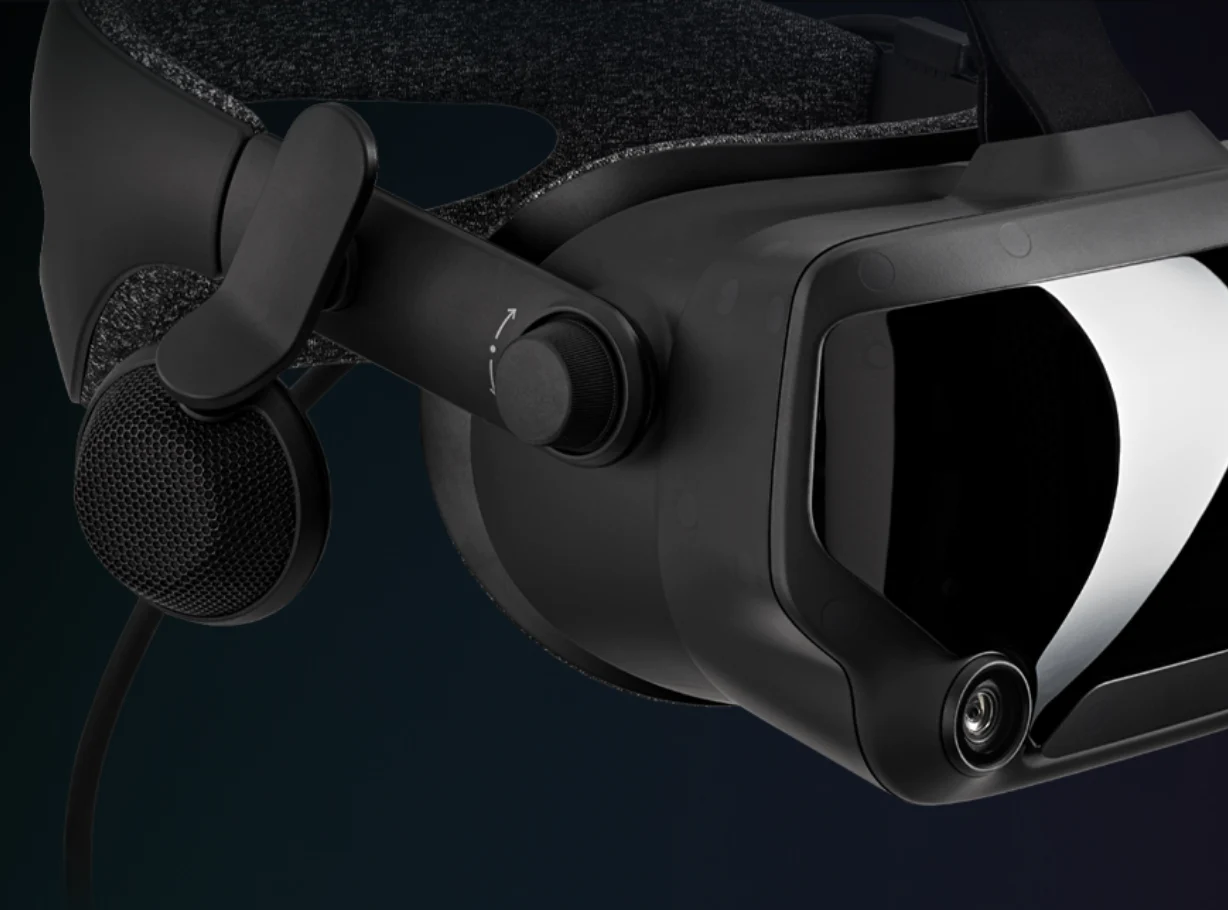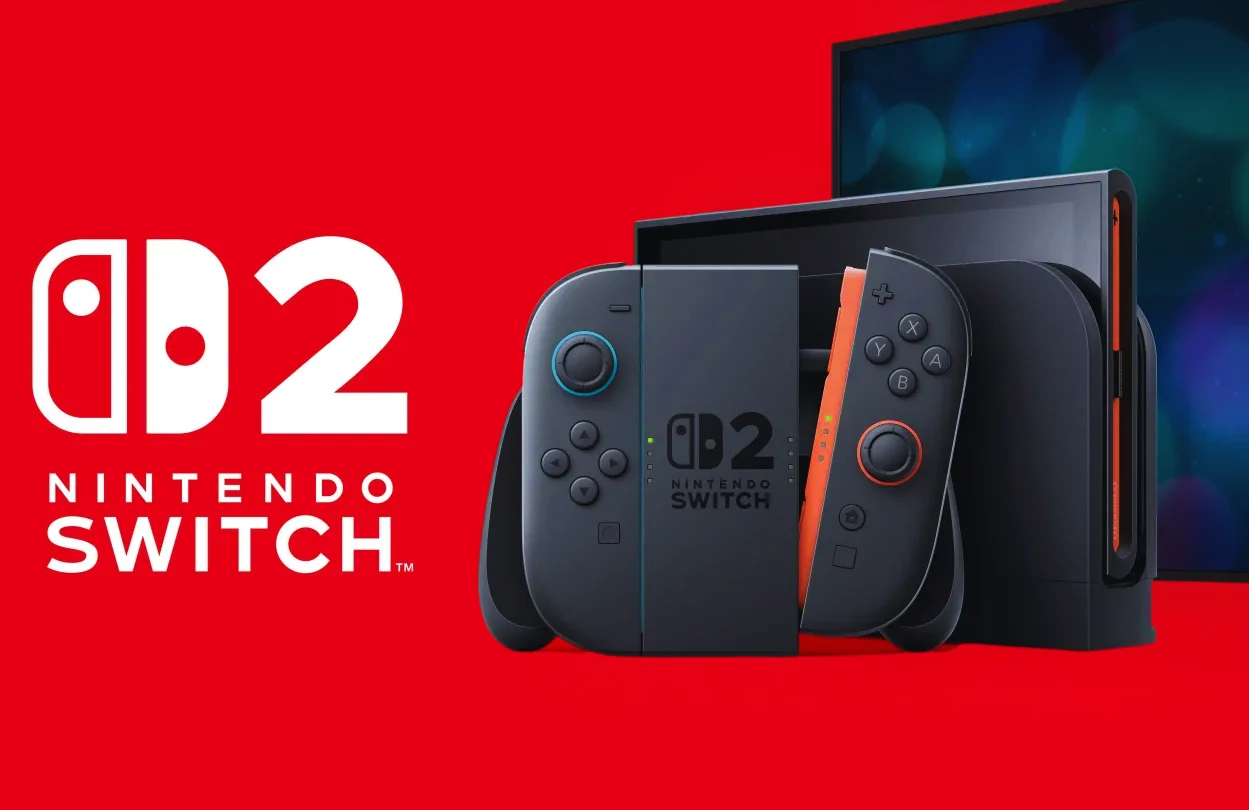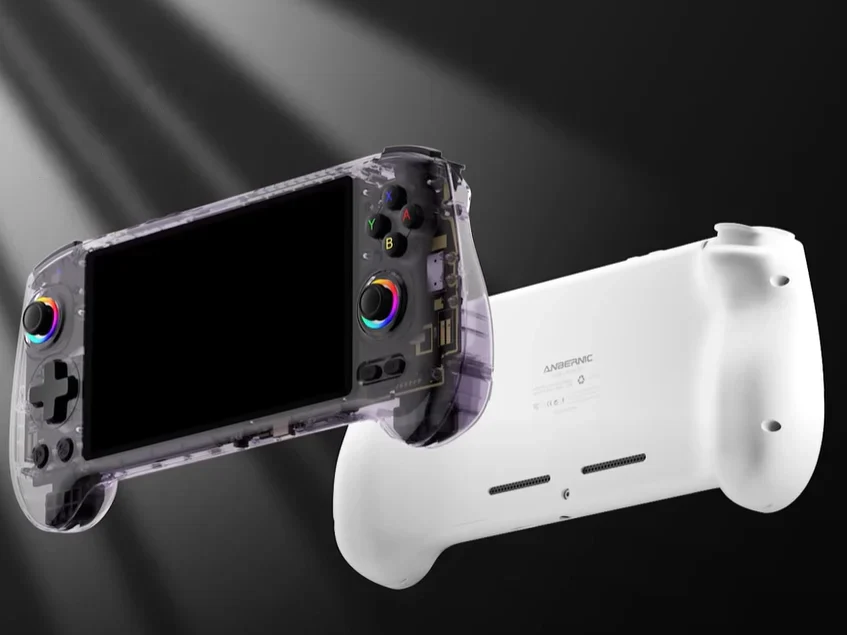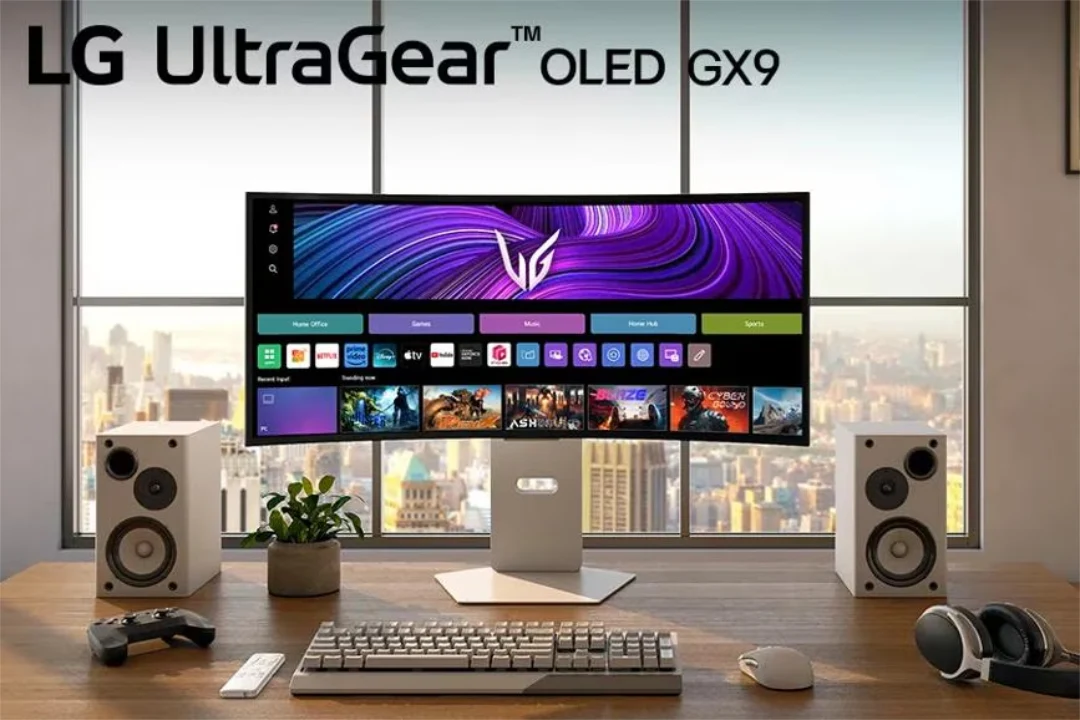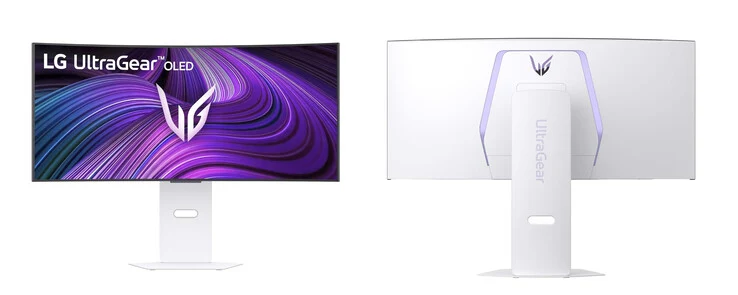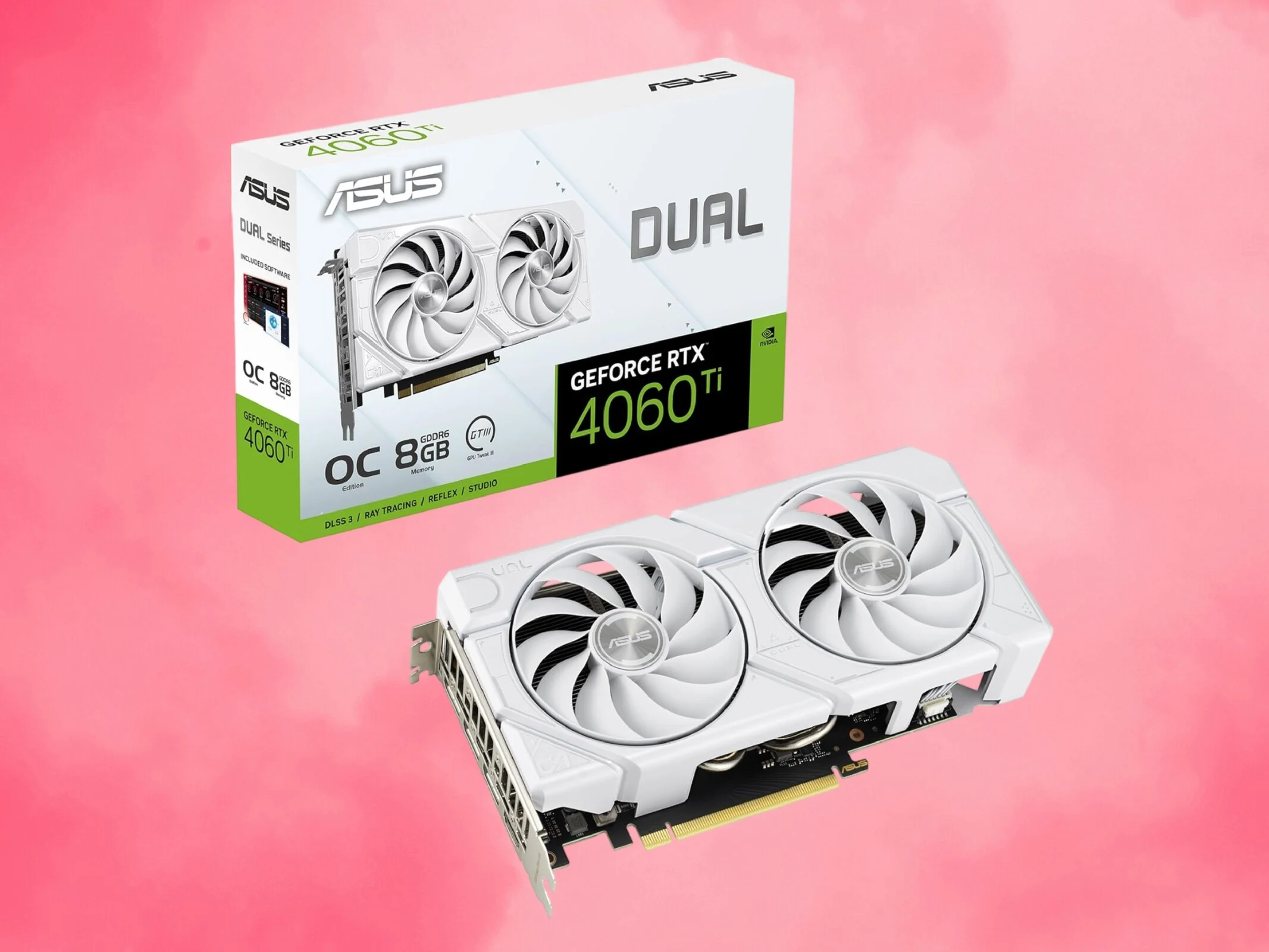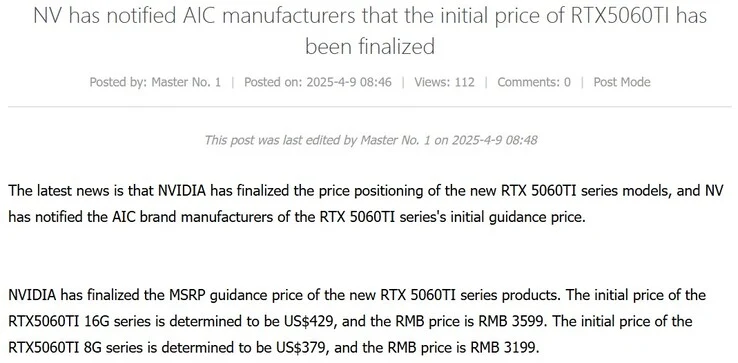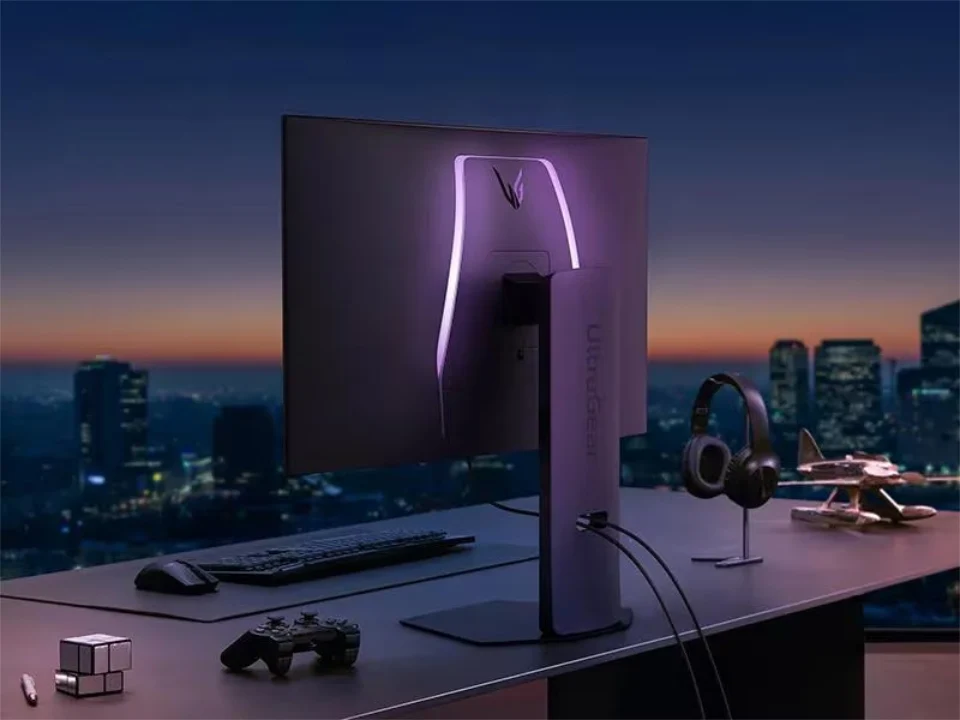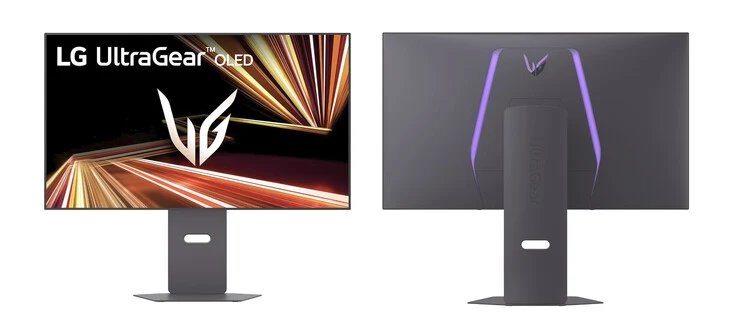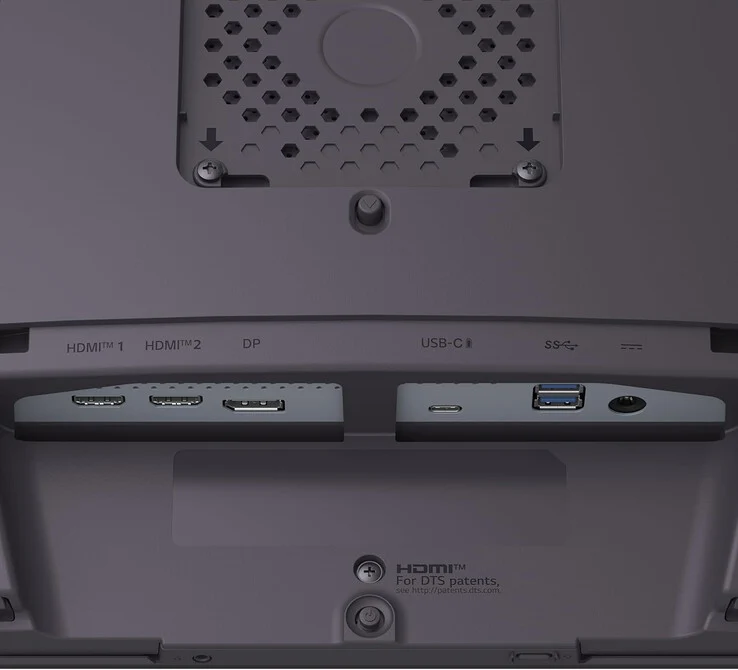Key Takeaways
1. Valve is importing updated injection molding machines to produce the Deckard VR headset locally in the US.
2. The move may help Valve avoid US tariffs on imports from China or enable easier prototyping and trial runs.
3. Valve has received shipments of VR face gaskets from Teleray Group, indicating progress in their manufacturing process.
4. The shipments suggest that Valve is refining the headset’s hardware design for future mass production.
5. Modifications to SteamOS for Arm hardware hint that the Deckard VR headset may be released soon.
Not too long ago, some leaks came out revealing the prices, specs, and possible release info for Valve’s next-gen VR headset, known as Deckard. A recent tweet from industry expert, @SadlyItsBradley, on X showed that Valve seems to be bringing in equipment and parts to the US to produce the upcoming Deckard VR headset locally.
Manufacturing Moves
The leaked shipping records suggest that Valve has begun importing what looks like updated injection molding machines to create facial interfaces for the Deckard headset. Some people are guessing that this step is a way for Valve to dodge potential US tariffs on items from big manufacturers like China, but it could also mean Valve is just setting up a small production area to more easily prototype and do small trial runs.
Components and Collaborations
Furthermore, Valve has received multiple shipments of VR face gaskets from the same original equipment manufacturer — Teleray Group — which is already known for producing parts for both the Valve Index and various other VR headsets. This backs up the theory that Valve is either validating its manufacturing process for future mass production or refining the headset’s gasket hardware design and materials for the same reasons.
Release Speculations
Although this info doesn’t exactly tell us when the headset will be released, it does hint that Valve Deckard might be coming very soon. Additionally, Valve was seen modifying SteamOS to function on Arm hardware, which further implies that the gaming company is gearing up for a Deckard launch in the next few months.
Source:
Link

